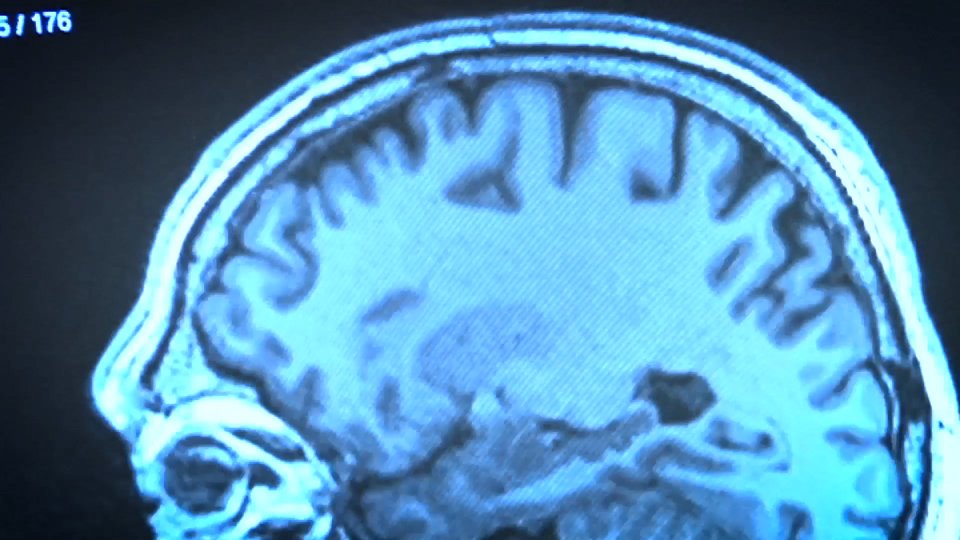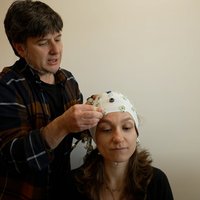A weight loss medication suppresses the desire for food in the brain

It has been found that the drug sold under the name Mounjaro or Zepbound, ticletide, can suppress the brain activities associated with food cravings. This could be seen by placing electrodes in the brain of a person with persistent repetitive intrusive thoughts related to food. It is therefore a special case related to obesity and, on the other hand, the researchers emphasize that in a few months this effect disappeared, although they continued to take the drug.
The researchers did not intend to investigate the effects of anti-obesity drugs on the brain. Their goal was to test whether electrically stimulating the brain can reduce compulsive eating. To do this, three people with severe obesity and difficulty in controlling their diet were placed with an electrode in the brain, the nucleus accumbens, an area related to pleasure and reward. And they found that in moments of high appetite and food craving, strong low-frequency signals occur in the nucleus accumbens.
“They have discovered a neural biomarker of compulsive eating.”
Thus, on the one hand, researchers have discovered a neural biomarker of compulsive eating. But on the other hand, one of the three patients was used to treat diabetes while taking tirzepatide to study how this drug affected the brain. Indeed, agonists of GLP-1 receptors such as ticletide are increasingly being used for weight loss, but it is unclear how they achieve this at present.
Well, when that patient began to suffer from the excess, his compulsive appetite disappeared. And, through the electrode, they were able to measure the complete disappearance of these brain signals. However, after about six months, despite the fact that he continued to take ticletide, brain signals began to appear, and then the compulsive appetite returned.
Although they are very initial, according to the researchers, these results suggest that Tirzepatide reduces food craving by affecting brain activity related to food control.
The study was published in Nature Medicine.
Buletina
Bidali zure helbide elektronikoa eta jaso asteroko buletina zure sarrera-ontzian











